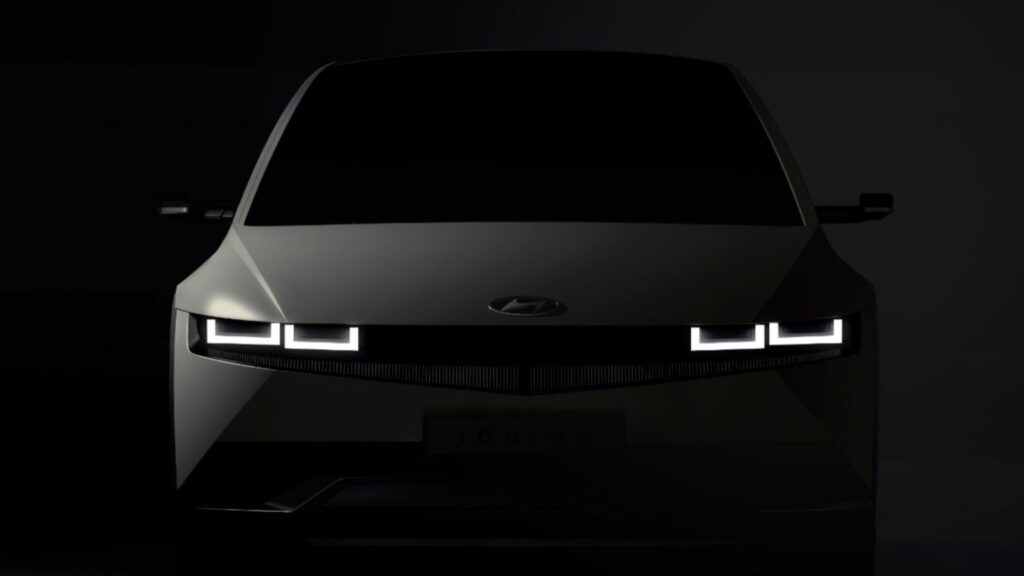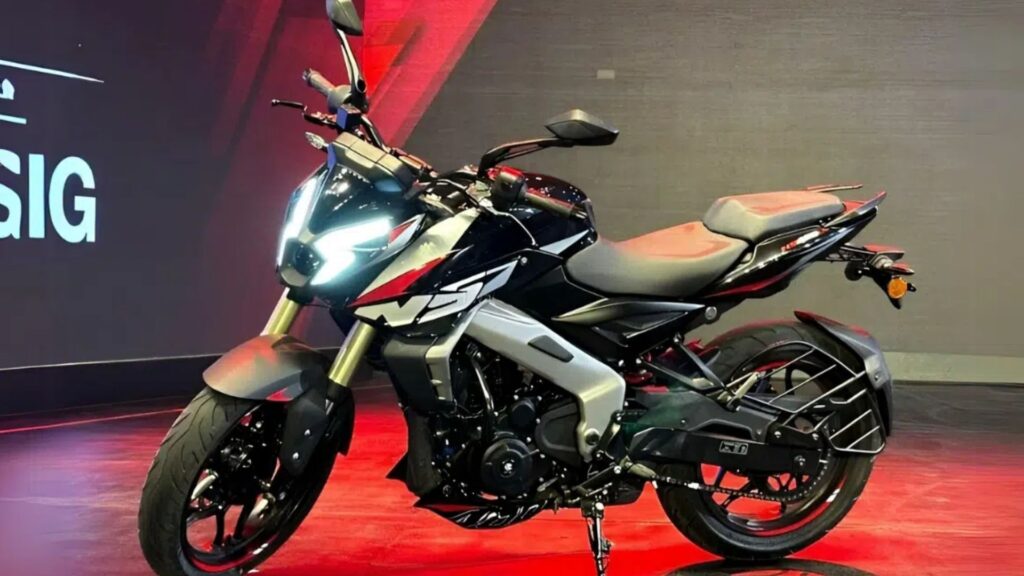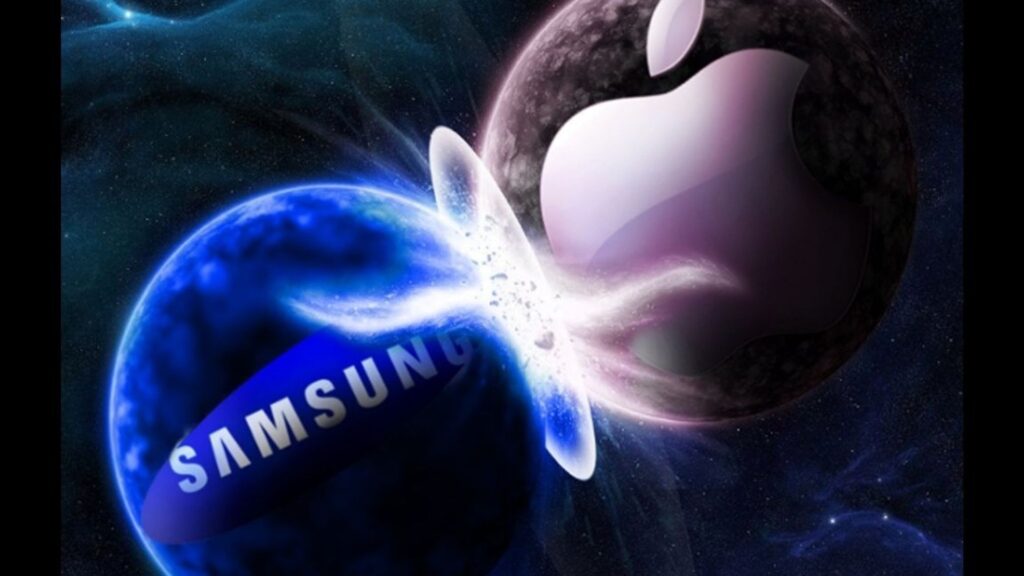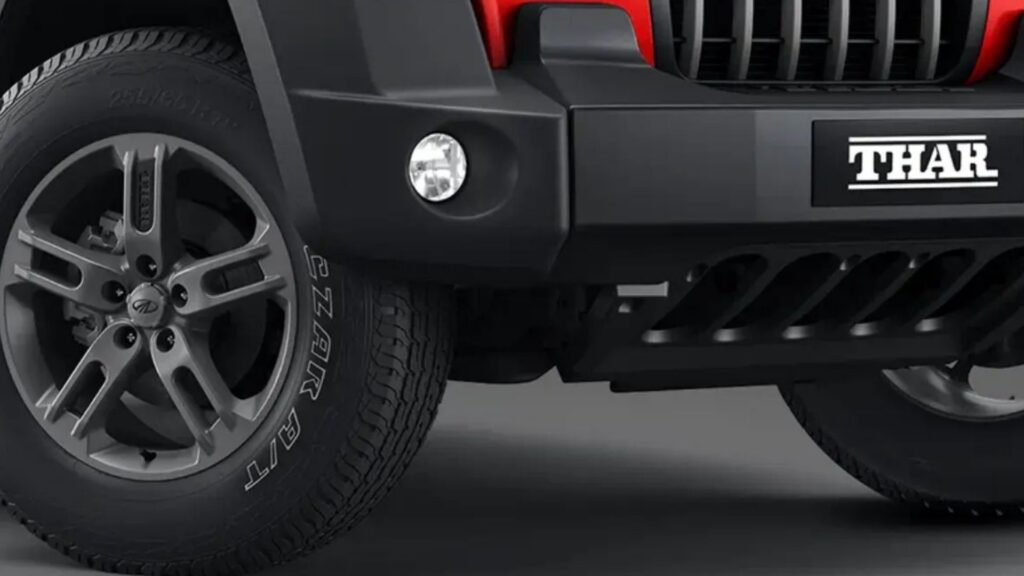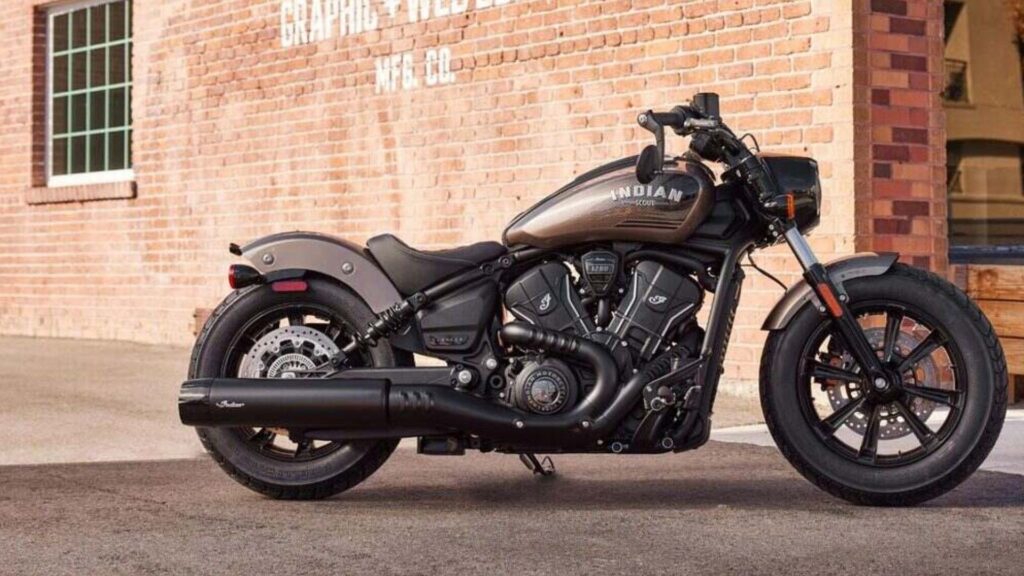BMW has officially revealed the iX3, the first model built on its all-new Neue Klasse platform. This vehicle marks the beginning of BMW’s sixth-generation electric powertrain, setting benchmarks for efficiency, sustainability, and cutting-edge digital systems. Launching in Europe by March 2026 and in the U.S. by mid-2026, the iX3 embodies BMW’s ambition to lead the premium electric SUV segment with long range, ultra-fast charging, and intelligent software-driven architecture.
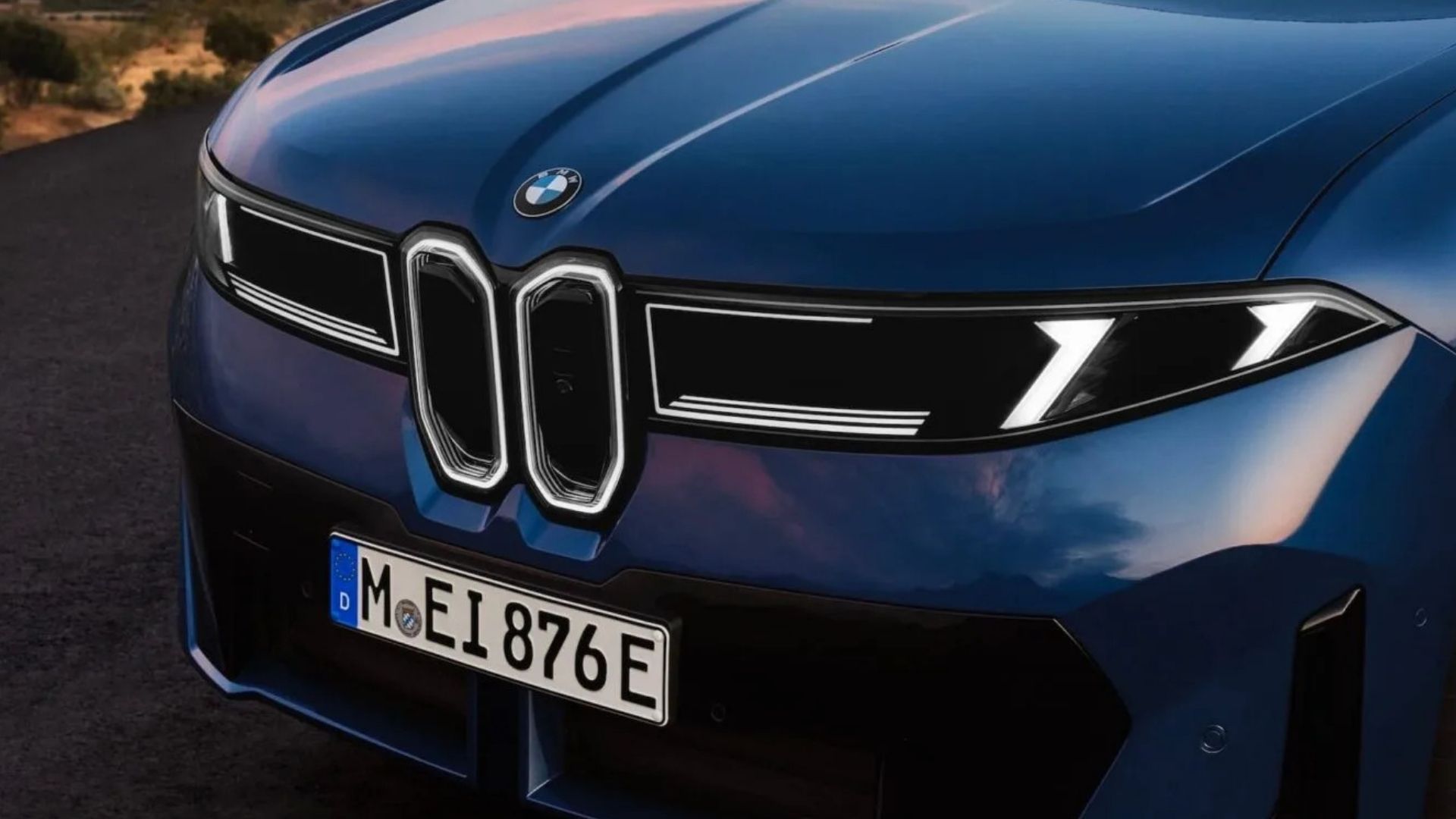
Sixth-Generation eDrive: A Leap in Efficiency

Unlike many competitors who rely heavily on suppliers, BMW has long designed its own EV powertrains. The sixth-generation eDrive represents the company’s most advanced system yet. The iX3 50 xDrive variant pairs an asynchronous motor at the front axle with an electrically excited synchronous motor at the rear, producing 463 horsepower (345 kW) and 476 lb-ft (645 Nm) of torque. This setup delivers all-wheel drive performance and achieves 0-62 mph (0-100 km/h) in 4.9 seconds.
Efficiency is equally impressive, with the SUV achieving around 4 miles/kWh (15.5 kWh/100 km) about 2-25% better than current EV SUVs. Beyond raw performance, the design also reduces drivetrain energy losses by 40%, lowers weight by 10%, and cuts production costs by 20%.
Summary Table
Feature |
Details |
|---|---|
Platform |
Neue Klasse EV architecture |
Powertrain |
Dual motors (AWD); 463 hp, 476 lb-ft torque |
Battery & Charging |
108-109 kWh usable; 800V; 400 kW fast charging; 231 miles in 10 min; 10-80% in 21 min |
Range |
500 miles WLTP; ~400 miles EPA estimate |
Braking |
40% more regen; 98% of stops regen-only; integrated ABS regen |
Electronics |
Four domain “superbrains”; OTA updates; reduced wiring |
Interior |
43-inch Panoramic Display; 17.9-inch touchscreen; 3D HUD |
Sustainability |
Built in Hungary with 100% renewable energy; 34% lifecycle CO₂ reduction |
Release & Price |
EU launch March 2026 ( |
Official Site |
Advanced Battery Technology and Charging
The iX3 debuts BMW’s latest 800-volt battery system using cylindrical cells rather than older prismatic designs. These cells increase energy density by 20%, giving the pack a usable capacity of 108-109 kWh.
BMW claims a driving range of up to 500 miles (805 km) under WLTP testing, with real-world EPA estimates closer to 400 miles (644 km).
Charging capabilities are equally future-ready. With support for 400 kW DC fast charging, the iX3 can add 231 miles (372 km) of range in just 10 minutes, or recharge from 10-80% in only 21 minutes, when connected to a capable charger.
The vehicle also supports bidirectional charging, meaning it can function as a power source for homes (V2H), appliances (V2L), or even supply electricity back to the grid (V2G). U.S. models will feature NACS charging ports, ensuring seamless compatibility with the growing charging infrastructure.
Smarter Regenerative Braking
Braking and energy recovery are a major focus. The iX3 delivers 40% more regenerative capacity than BMW’s prior EVs. In practice, 98% of typical braking events will rely solely on regenerative braking, with friction brakes only engaging in extreme stops (around 0.5-0.6 G).
BMW’s new “Soft-Stop” function ensures smoother deceleration, while ABS integration allows regenerative braking even under emergency braking scenarios. The result is improved efficiency, quieter operation, and longer brake component life.
Software-Defined Vehicle: Fewer Wires, More Brains
The Neue Klasse platform is more than just mechanical progress it is software-driven at its core. Instead of relying on hundreds of independent electronic control units (ECUs), the iX3 consolidates functionality into four high-performance domain computers.
The centerpiece is the “Heart of Joy” computer, managing critical systems like drivetrain response, braking, steering, and energy recuperation. This architecture reduces wiring by nearly 2,000 feet (600 meters), trims vehicle weight by 30%, and delivers tenfold improvements in response times compared to traditional setups.
It also paves the way for faster over-the-air (OTA) updates, simplified maintenance, and scalable digital features.
Design and Cabin Innovation
Stylistically, the iX3 adopts BMW’s Neue Klasse design language. It blends slim kidney grilles, triangular LED headlights, and an aerodynamic wagon-like silhouette to maximize efficiency without sacrificing identity.
Inside, technology dominates the cabin. Drivers are greeted by a 43-inch Panoramic Display projected across the windshield, a 17.9-inch central touchscreen, and a 3D head-up display. Controls are a mix of refreshed physical inputs and minimalistic digital interfaces, striking a balance between familiarity and futuristic usability.
Sustainability: Lower Carbon from Factory to Road
BMW built the iX3 with a strong emphasis on sustainability. The model is produced at the Debrecen, Hungary facility, which operates entirely on renewable energy.
Recycled aluminum, PET-based textiles, and plastics reclaimed from marine waste are incorporated throughout the car. BMW claims this results in a 34% reduction in lifecycle carbon emissions compared to its previous EV models.
Market Launch and Pricing
Production of the iX3 begins in late 2025, with European sales starting at £58,755 in March 2026. A U.S. release follows by mid-2026, with pricing expected around $60,000. This positions the iX3 competitively against rivals like the Tesla Model Y Long Range, Mercedes EQC, and Audi Q6 e-tron.
FAQs
1. When will the BMW iX3 launch?
A. Production starts in late 2025, with European deliveries from March 2026 and U.S. sales mid-2026.
2. How fast does the iX3 charge?
A. Up to 400 kW DC fast charging allows 231 miles of range in 10 minutes or 10–80% in just 21 minutes.
3. What is the iX3’s range?
A. Up to 500 miles on the WLTP cycle; about 400 miles in EPA estimates.
4. What’s new about the powertrain?
A. BMW’s sixth-generation eDrive cuts energy losses, reduces weight, and integrates smarter regen braking.
5. Can it power a home?
A. Yes, with bidirectional charging (V2L, V2H, V2G) the iX3 can power external devices, homes, or feed back to the grid.
6. How sustainable is it?
A. The iX3 is built in a renewables-powered plant, uses recycled materials, and offers 34% lower lifecycle carbon footprint.
7. How much will it cost?
A. Pricing begins at ~£58,755 in the UK and ~$60,000 in the U.S.
For More Information Click HERE
